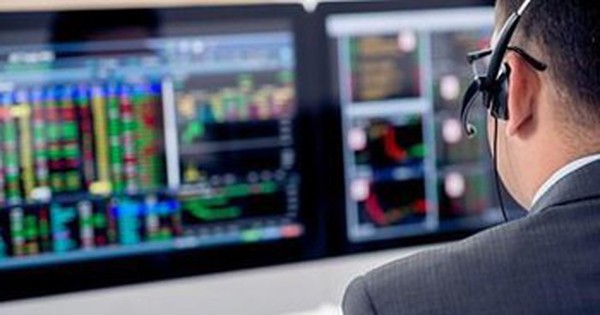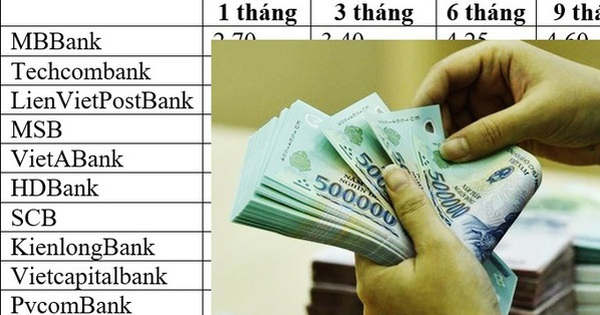Ukraine’s economy shakes before the protracted war
The export standstill could be a fatal blow to Ukraine’s economy, as the country spends $5 billion a month because of the war.
Despite having to run the wartime economy, Ukraine’s Finance Minister Serhiy Marchenko was very optimistic. News of Russian forces occupying or blockading the country’s main ports, causing most businesses in Ukraine to close, did not make him lose his temper.
“The situation is very difficult, I won’t shy away from it,” he said, sitting in a cafe near his headquarters. “But we can manage.” When an air raid siren went off, interrupting the interview with The Economisthe just ignored it.
There are many reasons for those who run the country’s economy not to panic. Before the war, Ukraine was growing at a rate of nearly 7% per quarter. Their population hasn’t been hit hard by Covid-19 and exports from grain to iron and steel are all doing well. Their banking industry is also well-monitored, and last year’s government deficit was less than 3% of GDP.
Ukraine’s debt before the crisis was less than 50% of GDP. Economist think that this is a desirable number for most finance ministers. The tax and welfare system here is well digitized. Parts of the economy still make steady contributions to the national budget.
All government employee pensions and salaries are still being paid, even in areas currently occupied by Russia. This is thanks to Ukraine’s Internet and 3G networks that are ubiquitous and unaffected by hostilities. Currently, most businesses are still paying employees, even if they cannot function properly or are completely inactive. Minister Serhiy Marchenko said the payroll tax was reduced by only 1%.

GDP growth of Ukraine over the years and forecast 2022. Graphics: The Economist
However, their outlook this year is still not very positive. The World Bank forecasts Ukraine’s GDP could fall by about 45% this year. “Our estimate is 44 percent,” Marchenko said. The problem is that neither of these estimates is certain.
Customs revenue has fallen by about a quarter from pre-conflict levels, due to reduced imports and the suspension of many taxes. Military spending is a heavy burden, even when weapons and ammunition are being provided by the West for free. SMEs now pay taxes on a voluntary basis.
All this is costing Ukraine about $5 billion a month. This is equivalent to 5% of GDP lost through each month of hostilities. Ukraine printed more money and issued wartime bonds with an interest rate of about 11% – below inflation. However, these two solutions are still not enough. The main source of revenue must come from abroad.
And that is why Mr. Marchenko spends most of his day lobbying foreign governments for help. America is where he has the most hope. On April 28, President Joe Biden said he was asking the US Congress to approve an additional 33 billion USD for Ukraine.
However, $20 billion of that will be spent on supplying more weapons to Ukraine and other front-line countries. Only about $8.5 billion is economic support. The remaining balance goes to humanitarian aid. “That’s good news,” Marchenko said. But when will the US money package arrive and how it will be disbursed, he is not clear.
The IMF has also stepped in to help, but is expected to deploy in the second quarter. In fact, Ukraine has so far only received a total of 4.5 billion USD in aid, while the financial shortfall is 15 billion USD.
Mr. Marchenko admits that the above solutions are not sustainable. He fears that if the war drags on for more than three or four months, the administration will have to adopt more austere measures such as drastic tax increases and spending cuts. Along with that, the real fear is that after many years of efforts to develop a market economy, the war might trigger a wave of nationalization, dragging down the progress that has been made.

A Ukrainian soldier after a skirmish with Russian forces on the outskirts of Irpin in March. Photo: Los Angeles Times
The first difficulty has gradually appeared. Across the country, the new crop of wheat, barley, sunflower as well as other grains and staples has been sown 80% of the time. The harvest is expected to be without many obstacles, but the problem lies in how to export.
The presence of the Russian navy in the Black Sea, as well as the deployment of defensive mines by the Ukrainian navy, mean that Odessa – Ukraine’s main port – is completely closed. Two similar ports nearby suffered the same fate. Meanwhile, the ports of Berdyansk and Mariupol are currently under Russian control. Domestically, stockpiles are still full of freshly harvested winter grain, due to export bottlenecks.
Deputy Infrastructure Minister Mustafa Nayyem was tasked with addressing this issue. If grain cannot be exported by sea, the product will have to travel by road and rail, through Poland, Romania and Hungary, to safe ports on the Black Sea or the Danube. However, this solution is not easy. He said the roads could not handle the necessary traffic. Alternative gateways also have limited redundancy capacity.
And the worst thing is that customs procedures at Ukraine’s border with the EU are very slow. Customs checks and plant quarantine have caused traffic jams up to 10 km. Since Ukraine is not a member of the European Union, the bloc only allows a certain amount of its trucks to enter the EU.
Ukraine said that without creating export conditions for them, Europe and the world will face severe food shortages after the September harvest. “We need every country in Europe. Europe allows free access to Ukrainian trucks. They don’t seem to understand how they will be affected by the wheat shortage,” said Minister Marchenko.
Session An (According to The Economist)
at Blogtuan.info – Source: vnexpress.net – Read the original article here



